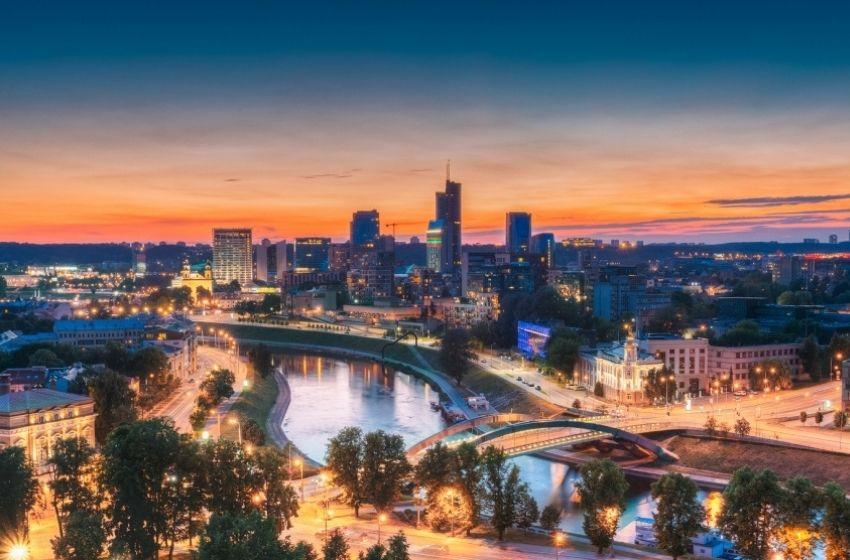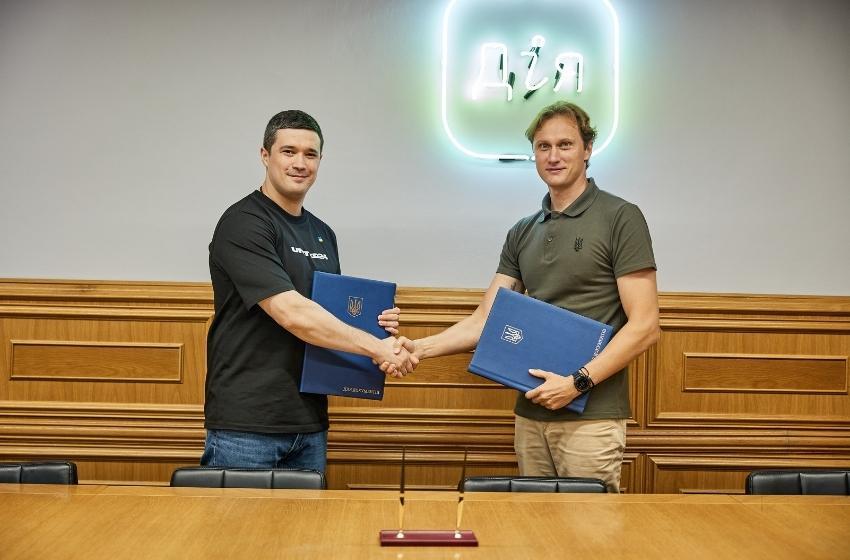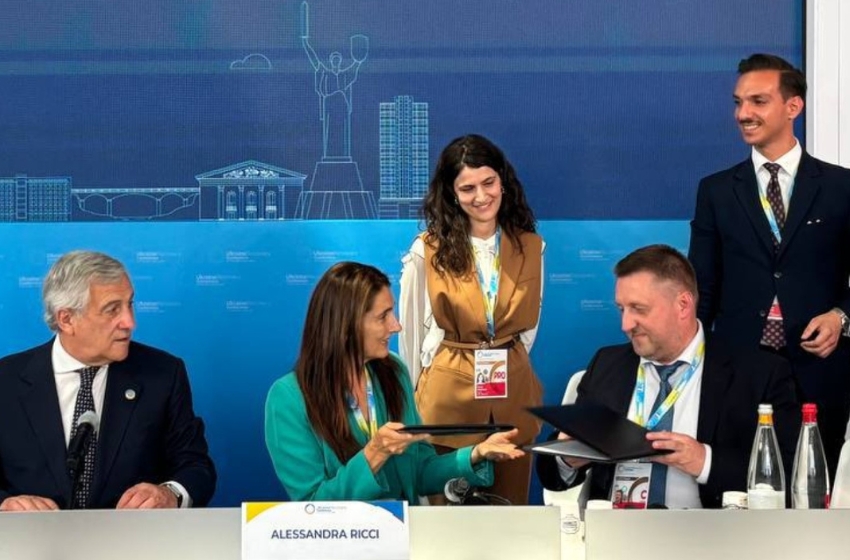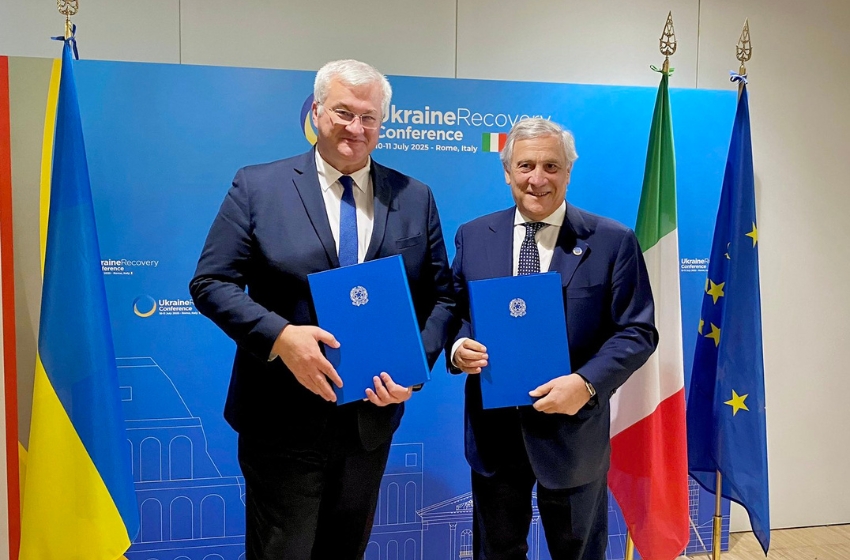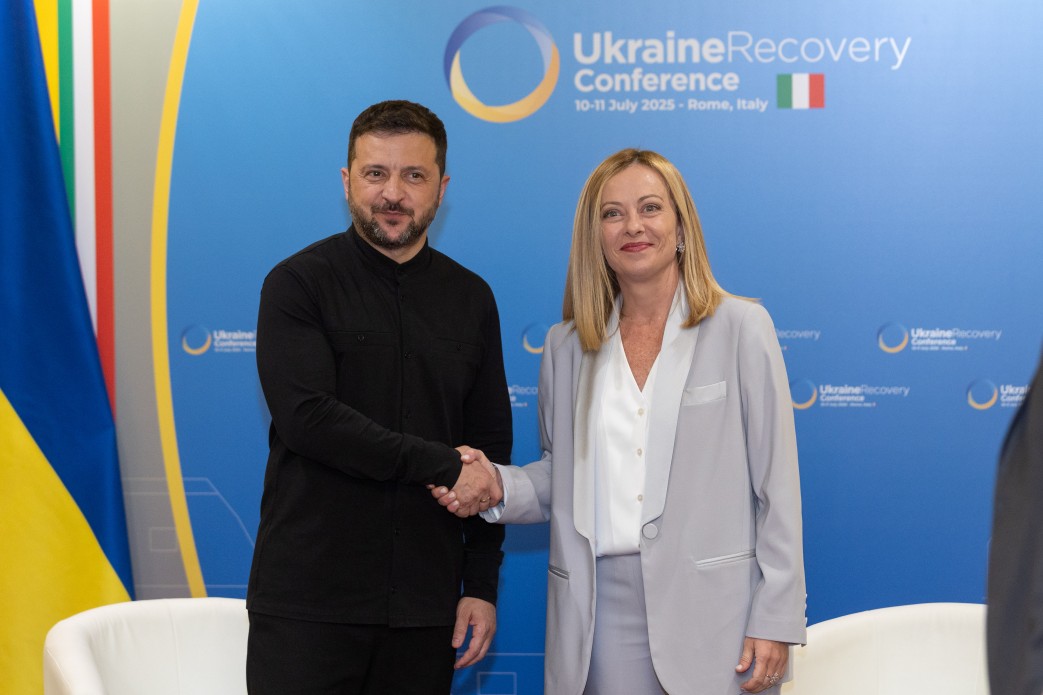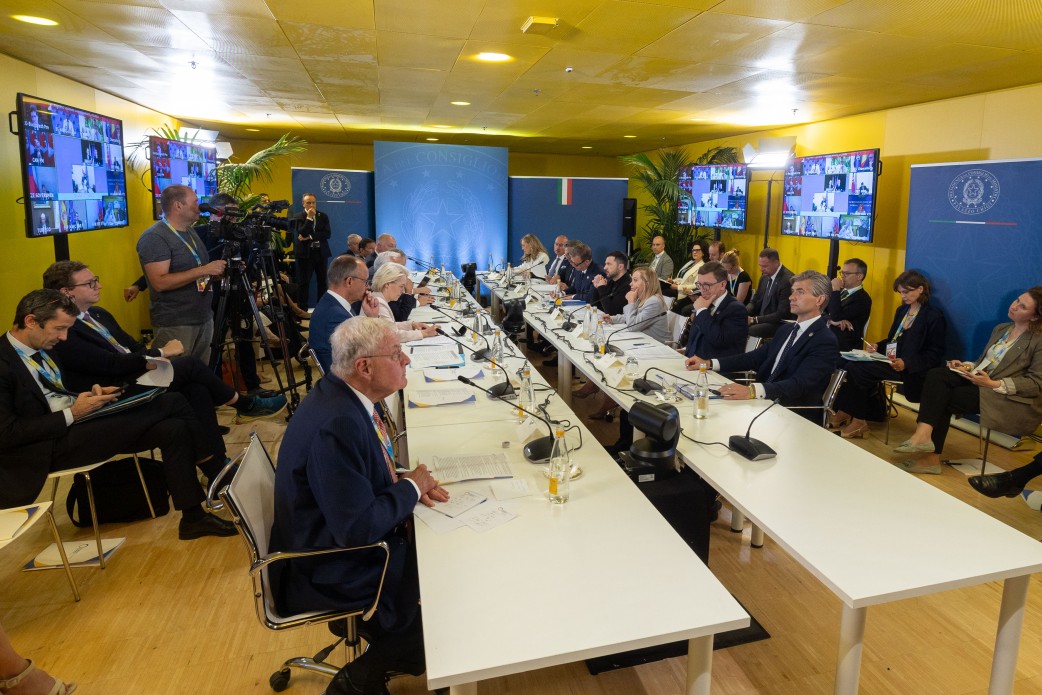Interview with Julien Malland, the Parisian street artist known around the world by the nickname Seth Globepainter. His new mural "Le soleil de Sonia" was created on the wall of the Odessa school #55 (Ilf and Petrov Street, 25).
How do you feel about having your own paintings in an urban scenario instead of having them in collections and museums around the world?
I do both, not just the frescoes. Doing something that is in the city makes it possible to speak to everyone, not just to the people who will come to see the works in a museum or in a gallery, but all the people who will pass by. So to reach a lot more people. That, I think is interesting for me. Moreover, it allows me to stay in one place for a long time when I'm painting it, to get to know a little the place. There, for example, it's been three days, we started knowing the restaurant there, the people who come every day, to have a little bit of life in Odessa, in an neighbourhood.

Do you adapt your mural artwork to the spirit of the city or the country?
Yes, in fact it's about adapting to the culture, also adapting to the place in which I'm going to paint. And what interests me too, it's the architecture. I want always to have a connection with the architectural context. Let's see, for example, there I used the bars that you see on the side (*describing the new fresco in Odessa), expressly made to create a perspective look, as if there is a hole in the wall. Besides, this is a school, so I paint something that has to do with the school with the child's imagination. But here, for example, I made several proposals, and it was the principal and the teachers of the school who chose among my sketches. Sometimes I make up my draw directly, but that was our agreement.

In your works, there are children. Who are they? A part of you or the local children?
Yes, there is a bit of me in every child. But it's also a way to talk to everyone. There are places where I paint that are quite complicated, quite hard; it allows me to have a point of view on a situation, but in a benevolent way and allows for reflection on a situation. So, it relates to the imaginary world that a child can have, but always in a positive way. If I would do that with adults as subjects, it wouldn't say the same thing at all. It speaks to children but also to the elderly, to the child which exists in every adult.

In your murals, you explore myths and tales from the collective imagination. Are they recurring topics or do they change over the years?
No, they adapt each time to the place where I'm going to paint, it's what I live and discover that makes me evolve every time. For example in Rome, in an abandoned factory I did something with Latin quotes about the world which is changing because there were emigrants in the place. This is an Odessa school, so I did something that speaks more to children, but it evolved depending on the place. On the other hand, there are things that keep coming back every time. I have several themes: some with the imagination of children, or with the collective imagination. For instance, in relation to a local culture: masks and traditional embroidery; in Ukraine I did it with traditional dolls. And the other theme talks more about social and political problems.

You travel all over the world. As a Frenchman, what do you bring of French culture to the world?
I think that my way of drawing already, you can call it "manga", but it's something very French. There are illustrators like Folon or Sempé. There is this whole tradition of children drawing in France, in the 1920s and 30s. However, it adapts to each country. Yes I think I have a very French base.

Imagine that you had to show characteristic elements of French culture (book, film, song, painting, actor, dish, monument). What would you choose?
Not the Eiffel Tower, of course, it's very Parisian. Not even the baguette, it's like saying pizza for Italians. French culture is something that has evolved so much in recent years. Not the same as the culture of twenty years ago. For me, I mean a cliché: why do I always want to go back to France? It's for drinking wine and eating good cheese.

Interview realised by Ugo Poletti, Editor-in-Chief of The Odessa Journal, thanks to a cooperation with Alliance Française in Odessa.
















